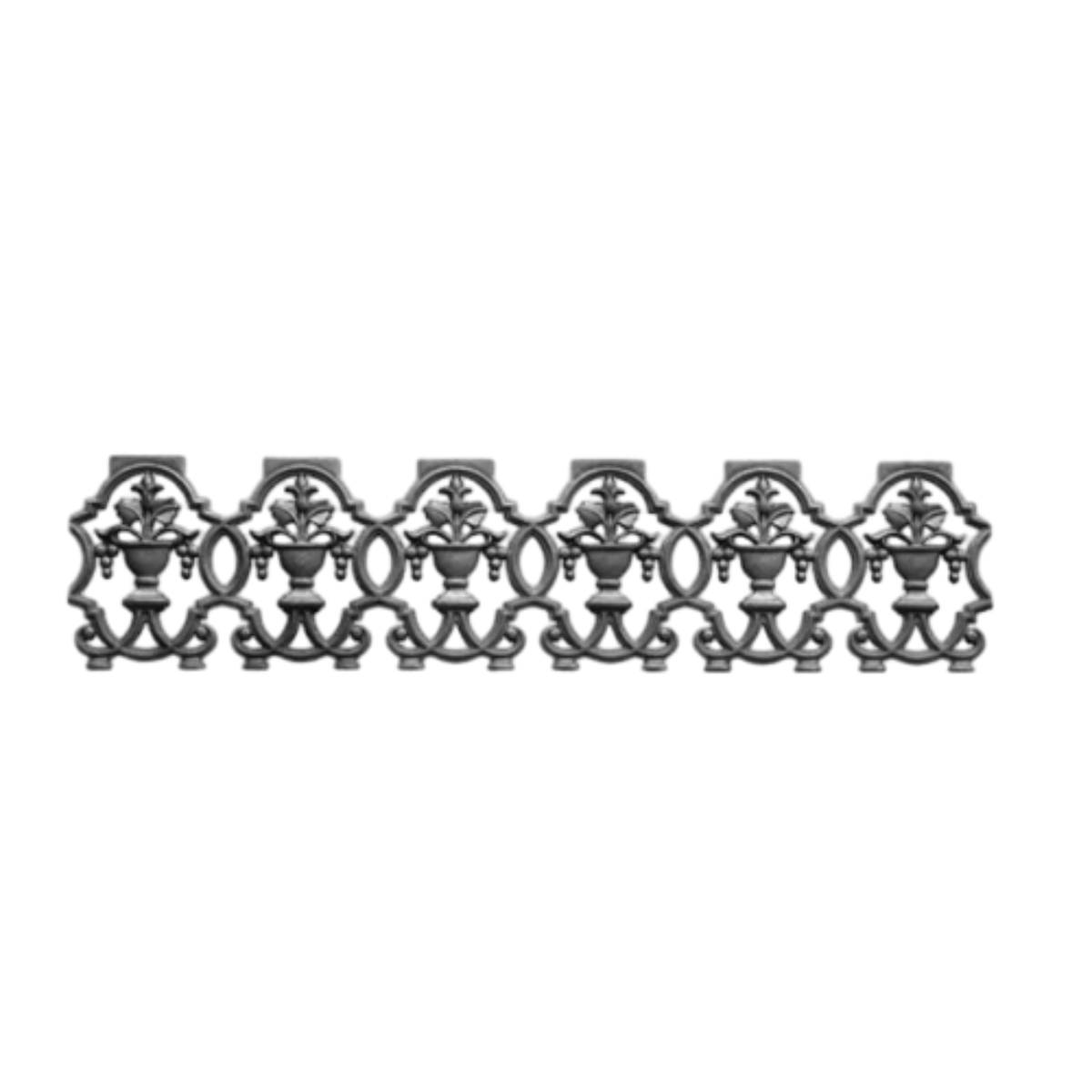Twisted Wrought Iron Designs for Creative Home and Garden Décor
The Art of Wrought Iron Twist An Enduring Craft
Wrought iron twist is a captivating aspect of metalworking that combines delicate craftsmanship and artistic flair. This ancient technique has been employed for centuries to create stunning and functional works of art, from gates and railings to furniture and decorative pieces. In this article, we will explore the history, techniques, and significance of wrought iron twist in both traditional and contemporary contexts.
Historical Background
Wrought iron, characterized by its malleability and resistance to corrosion, has been a favored medium for blacksmiths since antiquity. The origins of wrought iron working can be traced back to ancient civilizations, notably in areas such as Mesopotamia and Egypt. However, the twisting technique gained prominence during the Middle Ages, particularly in Europe. Craftsmen skillfully twisted iron bars to produce intricate designs that adorned structures like cathedrals and castles.
The twisted form not only enhanced the aesthetic appeal of these pieces but also added structural integrity. Twisting metal was more than a decorative endeavor; it was a practical solution that reinforced the material while allowing for creative expression. As a result, wrought iron twist became a hallmark of Gothic architecture and continues to be celebrated in modern design.
Techniques of Twisting
Creating a twisted wrought iron piece involves several meticulous steps. Blacksmiths typically start with a solid bar of iron, which is heated in a forge until it reaches a malleable state. Once sufficiently heated, the craftsman uses tongs to grip one end of the iron and then employs a twisting tool or simply hand-twists the bar to achieve the desired design. The degree of twist, length, and thickness can vary, resulting in a range of visual outcomes.
wrought iron twist

The twisting process itself can also vary in technique. Some artisans may create tight twists for a more intricate design, while others utilize wide twists for a bolder look. The movement of the hammer gives rhythm to the creation, as each twist is formed with precision and intention. The result is a unique blend of strength and beauty, with each piece telling its own story through the twists and turns of the metal.
Modern Applications
Today, the art of wrought iron twist continues to thrive, evolving with advancements in technology and design. Modern blacksmiths and metal artists are exploring new ways to incorporate this technique into their work, often blending traditional methods with contemporary styles. Furniture designers, for example, have embraced wrought iron twist in creating elegant tables, chairs, and light fixtures that exhibit both functionality and artistry.
Additionally, the eco-conscious movement has led to a resurgence in handcrafted goods, with many individuals seeking bespoke wrought iron pieces for their homes and gardens. The intricate twists of wrought iron serve not only as a testament to craftsmanship but also as an expression of personal style. Whether in the form of a twisted railing or a decorative sculpture, these pieces imbue spaces with character and warmth.
Conclusion
The allure of wrought iron twist lies in its ability to merge aesthetics with functionality. This timeless technique connects us to a rich heritage of craftsmanship while allowing for endless possibilities in modern design. As we admire the intricate patterns of twisted iron, we do not merely appreciate the beauty before us; we recognize the skill, history, and cultural significance intertwined in every twist. In a world increasingly dominated by mass production, wrought iron twist serves as a reminder of the value of artisanal work—an art form that continues to inspire and endure.
-
Wrought Iron Components: Timeless Elegance and Structural StrengthNewsJul.28,2025
-
Window Hardware Essentials: Rollers, Handles, and Locking SolutionsNewsJul.28,2025
-
Small Agricultural Processing Machines: Corn Threshers, Cassava Chippers, Grain Peelers & Chaff CuttersNewsJul.28,2025
-
Sliding Rollers: Smooth, Silent, and Built to LastNewsJul.28,2025
-
Cast Iron Stoves: Timeless Heating with Modern EfficiencyNewsJul.28,2025
-
Cast Iron Pipe and Fitting: Durable, Fire-Resistant Solutions for Plumbing and DrainageNewsJul.28,2025
-
 Wrought Iron Components: Timeless Elegance and Structural StrengthJul-28-2025Wrought Iron Components: Timeless Elegance and Structural Strength
Wrought Iron Components: Timeless Elegance and Structural StrengthJul-28-2025Wrought Iron Components: Timeless Elegance and Structural Strength -
 Window Hardware Essentials: Rollers, Handles, and Locking SolutionsJul-28-2025Window Hardware Essentials: Rollers, Handles, and Locking Solutions
Window Hardware Essentials: Rollers, Handles, and Locking SolutionsJul-28-2025Window Hardware Essentials: Rollers, Handles, and Locking Solutions -
 Small Agricultural Processing Machines: Corn Threshers, Cassava Chippers, Grain Peelers & Chaff CuttersJul-28-2025Small Agricultural Processing Machines: Corn Threshers, Cassava Chippers, Grain Peelers & Chaff Cutters
Small Agricultural Processing Machines: Corn Threshers, Cassava Chippers, Grain Peelers & Chaff CuttersJul-28-2025Small Agricultural Processing Machines: Corn Threshers, Cassava Chippers, Grain Peelers & Chaff Cutters












